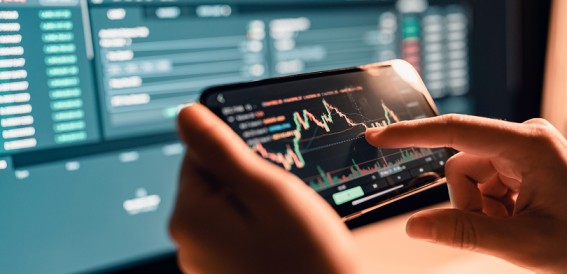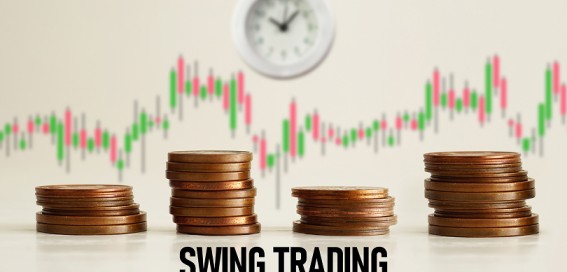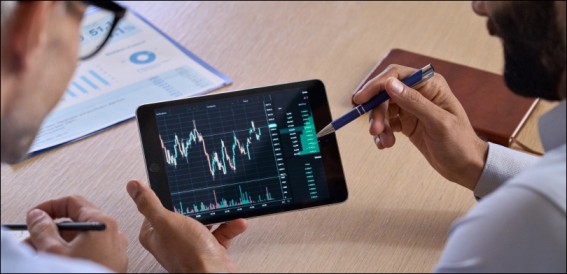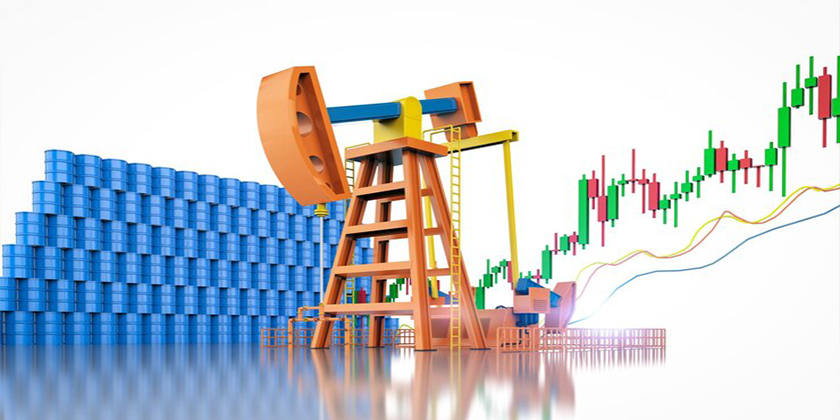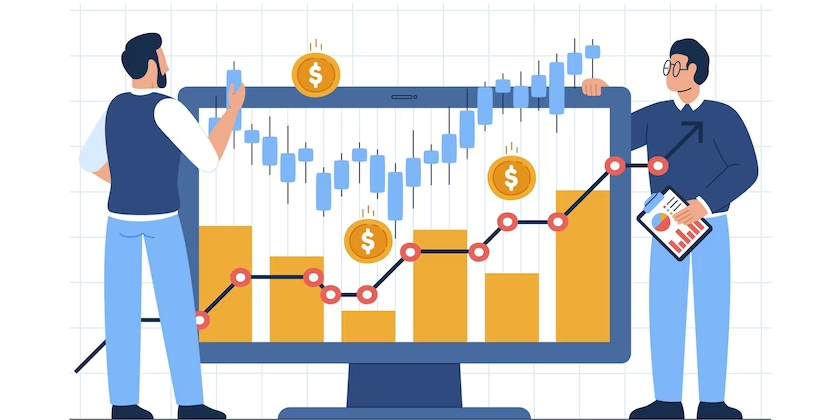Spot price is offered in the current market for an asset, commodity, stock, bond, or currency. At the spot price, an asset can be bought or sold immediately. The spot price represents the real-time value of an asset based on various factors such as supply and demand. Spot price constantly varies because of market volatility, economic conditions, and behaviour. Read this detailed article to get insights on the spot price and how to calculate it.
How is the Spot Price Calculated?
The Spot market determines the spot price through real-time buy and sell transactions. It is influenced by supply and demand, trading volume, and global economic conditions. While different assets have different pricing mechanisms, the general calculation involves:
-
Bid and Ask Prices
The spot price is determined by the bid (the highest price buyers are willing to pay) and ask (the lowest price sellers offer). The equilibrium between these two prices forms the current market price.
For example:
- A buyer offers to buy gold at ₹1,52,000 per 10 grams (bid price).
- A seller is willing to sell at ₹1,53,000 per 10 grams (ask price).
- If both parties agree, the transaction happens at a spot price of ₹1,52,500.
-
Price Matching in Exchanges
Begin your investing journey today. Your Demat account is the first step.
In stock markets, commodity exchanges, and forex platforms, spot prices are set through electronic order books that match buyers and sellers.
- More buying pressure = Higher spot price.
- More selling pressure = Lower spot price.
-
Weighted Average Price Calculation
Some exchanges use a weighted average price to smooth out price fluctuations.
- The formula considers recent trades and their volumes:
Spot Price = (Sum of Trade Prices × Trade Volumes) ÷ Total Trade Volume
For example, if three recent trades for oil occurred:
- 50 barrels at ₹6,000
- 30 barrels at ₹6,100
- 20 barrels at ₹6,200
Spot Price = [(50×6,000) + (30×6,100) + (20×6,200)] ÷ (50+30+20) = ₹6,060 per barrel
4. Supply Chain and Market Dynamics
For commodities like crude oil, natural gas, and agricultural products, spot prices are influenced by:
- Production costs (extraction, refining, or farming expenses)
- Transportation costs (shipping, logistics, and storage)
- Demand fluctuations (seasonal variations, industrial needs)
-
Foreign Exchange (Forex) Spot Price Calculation
In forex, the spot price of currency pairs is calculated based on the exchange rates of major banks, central bank policies, and global economic indicators.
For example, if:
- 1 USD = ₹87.13
- 1 GBP = ₹110.35
These exchange rates are updated continuously in the interbank forex market.
Gold and Silver Spot Price Calculation
Precious metals have their spot prices calculated based on the following:
- The London Bullion Market Association (LBMA) fixed price.
- Prices are set in major markets like COMEX and Shanghai Gold Exchange.
- Live trading activity across multiple exchanges.
Spot Price vs. Future Price
A spot price is the price at which an asset is traded immediately, while a futures price is the agreed price for a transaction that will happen later.
| Aspect | Spot Price | Future Price |
| Timing | Immediate delivery | Delivery at a future date |
| Market Influence | Supply and demand | Spot price + storage costs + interest rates |
| Risk Factor | Lower risk | Higher risk due to speculation |
For example, if the spot price of crude oil is ₹6,000 per barrel, but an oil company agrees to buy it six months later at ₹6,500 per barrel, then ₹6,500 is the futures price.
Spot Price in Different Markets
The spot price is the current market price at which an asset can be bought or sold immediately. It fluctuates based on supply, demand, and market conditions.
-
Commodities Market
The spot price of commodities like gold, silver, crude oil, and natural gas fluctuates based on supply, demand, and global events.
- Gold: Used as a safe-haven asset.
- Oil: Prices depend on OPEC production and geopolitical tensions.
- Agricultural products: Prices of wheat, coffee, and soybeans change based on weather and trade policies.
-
Stock Market
In the stock market, the spot price refers to the current trading price of a stock. It is affected by:
- Company performance
- Investor sentiment
- Economic reports
-
Foreign Exchange (Forex) Market
In forex trading, the spot price of a currency pair is the rate at which the two currencies are currently being exchanged. For example, if the spot price of INR/USD is 83, it means 1 USD = ₹83. Forex traders buy or sell currency pairs based on real-time spot prices.
-
Cryptocurrency Market
In the crypto world, the spot price of Bitcoin, Ethereum, and other digital assets is determined by global supply and demand.
- For example, if Bitcoin’s spot price is ₹3,200,000, that’s the price traders pay for immediate purchase.
- Crypto exchanges like Binance, Coinbase, and Kraken list real-time spot prices.
Factors Affecting Spot Prices
Several factors can cause fluctuations in the spot price of an asset:
-
Global Events and News
- Wars and conflicts can disrupt supply chains, increasing prices.
- Economic recessions reduce demand, lowering prices.
-
Inflation and Interest Rates
- High inflation often increases the spot price of commodities like gold.
- Rising interest rates can lower stock spot prices as borrowing costs rise.
-
Seasonal Demand
- Energy prices increase in winter due to heating demands.
- Agricultural products’ prices rise during off-seasons due to limited supply.
Real-World Examples of Spot Prices
Market forces, supply situations, and global events cause a deviation in price. Deviation in the price happens until the market stabilises. Spot pricing is therefore a real-time basis for determining the value of any commodity, currency, or asset. Below are real-world examples:
- Gold Spot Price Chaos: COVID-19 has given rise to uncertainty and increased purchases of gold. As a result, the Gold spot prices in India rise over ₹56,000 per 10 grams.
- 2. The Oil Price Crash in 2020: Crude oil spot prices in India dropped significantly due to low demand and excess supply. This decline mirrored the global trend in oil prices during that period. As a result, oil prices in India fell to the ₹2,000-₹2,500 per barrel range.
- 3. Bitcoin Volatility in 2021: In 2021, Bitcoin spot price touched ₹50,00,000 due to rising institutional investment. Although it dropped below ₹15,00,000 in 2022 due to correction in the market and negative macroeconomic news.
Final Thoughts
The spot price is a crucial reference point for traders, businesses and governments in financial markets. The spot price stands for the real-time value of an asset and serves as the foundation for investors’ decisions to buy and sell. Be it commodities, stocks, forex, or crypto, the spot price becomes essential for market participants. An in-depth understanding of spot prices helps to understand what every market participant needs. Observing international events change, economic trends, and supply-demand changes can help predict spot price changes and guide one’s investment decisions.

